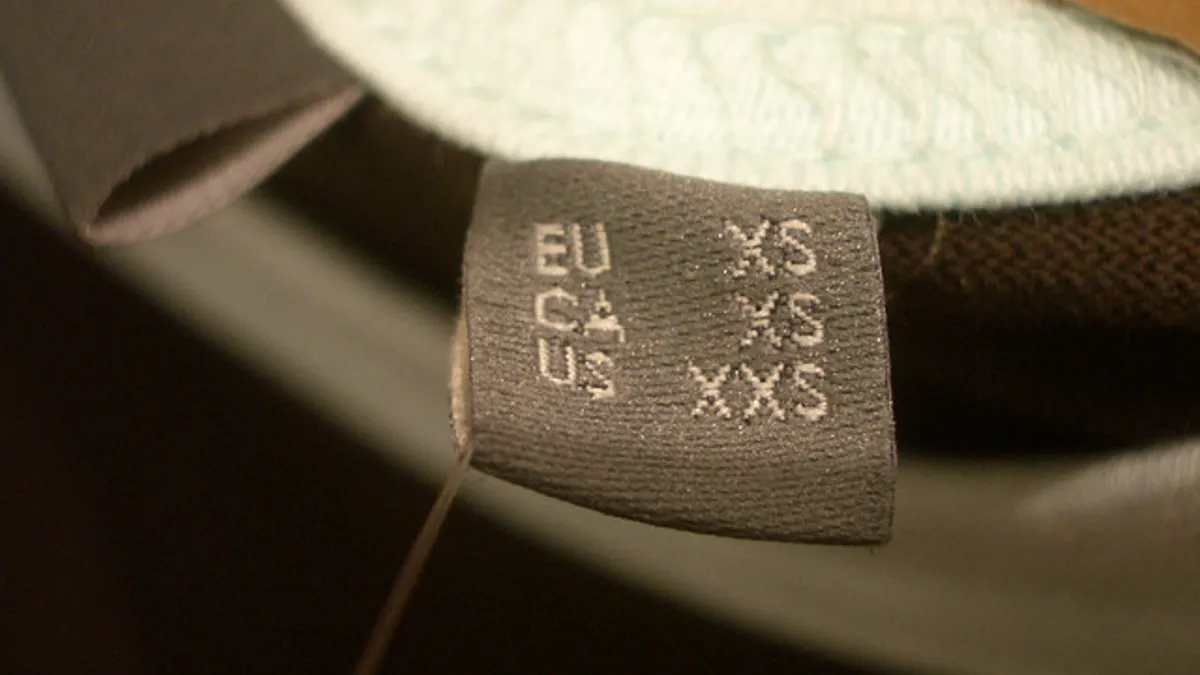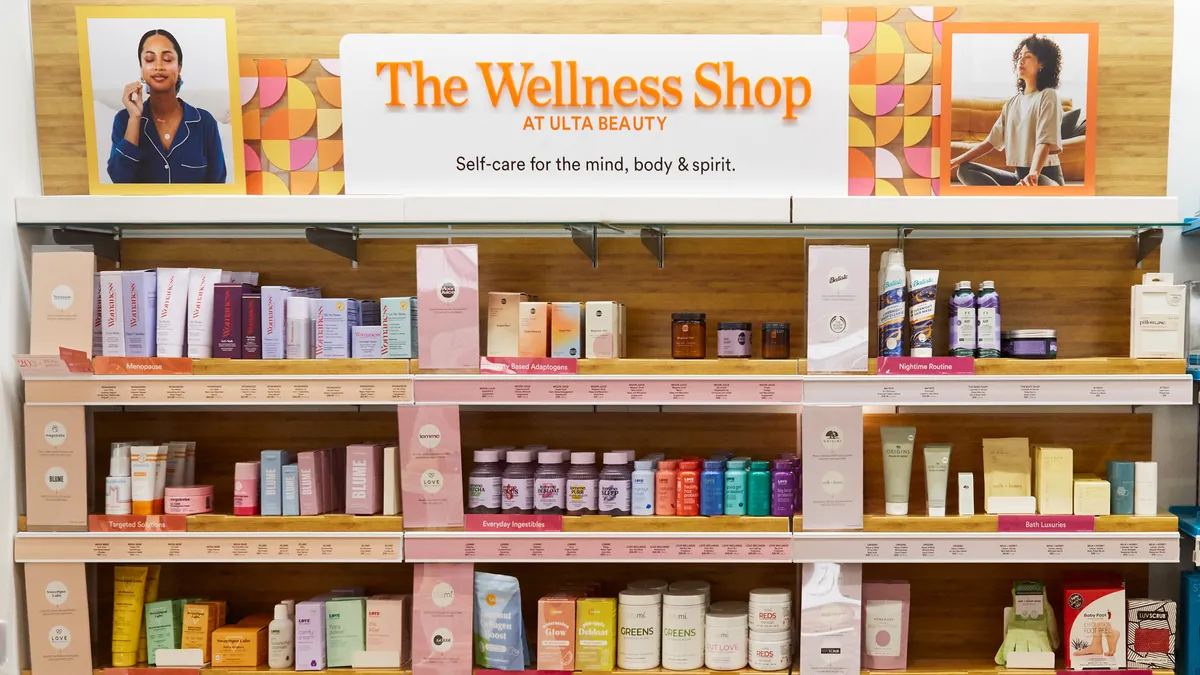When J. Crew last month announced it was introducing a new triple-zero size, equivalent to an XXXS, the blogosphere erupted in irritated frustration and condemnation of the supposed routine, and worsening practice, of "vanity sizing." And that included the apparel retailer’s fans.
Why are J. Crew and other retailers going to these extremes? Is it really about women's vanity?
Vanity sizing is taken for granted
So-called vanity sizing is the putative practice by the apparel industry to label, say, a realistic “10” with a “4” so as to thrill women about the size they’re fitting into in order to make a sale. The belief stems largely from a 2003 study by Tammy Kinley of the University of North Texas. Kinley looked at 1,000 pairs of women’s pants and determined that high-end fashion designers, who she said can afford to waste more fabric, made the smaller-size pants — smaller sized labeled pants, that is — that were actually larger in reality.
A brief touting the study on the University of North Texas website notes: “Kinley’s study focused solely on women’s clothing, but she states that vanity sizing happens in men’s and children’s clothing as well.
"'Nowadays the size number doesn’t mean much,' she says. 'It’s just an arbitrary number.'”
Of course, it’s unlikely that vanity sizes would be an “arbitrary” number, considering that they are supposedly wielded with a purpose. And her assertion that the practice occurs in menswear and childrenswear, without backup, is troublesome. In any case, the study is consistently quoted in stories about vanity sizing to this day, 11 years after its publication. Very little information seems to have been added since that could give further insight or any more concrete information on the topic.
Moreover, some people actually find that upscale designer clothing is smaller than clothing from mass market retailers — a notion that severely challenges not just the conclusions, but also the premise, of the original vanity sizing study.
The role of Marilyn Monroe
One of the most common anecdotes cited to prove the prevalence of vanity sizing is that Marilyn Monroe was a British size 16 in the 1950s, but would fit into a size 4 today. The trouble with the story is that Monroe, who had a voluptuous hour-glass build, was nevertheless a small-framed woman with a tiny waist. Her size, as many women’s do, fluctuated over the years, and most of her clothes were custom-made, making it difficult to pinpoint a size. Looking at her actual measurements reveals a woman with a very idiosyncratic physique, and that she was likely a size 4 many times in her life; that is, a 4 even in her own day.
Are women so easily duped?
Advertisers and the retailers that hire them are notoriously willing to take advantage of human psychology to boost sales, at least to some extent. Sales strategies lean on psychological manipulation; brands depend on it.
But are women so easily duped or so easily pleased that, thanks to a number on a tag, they happily whip out their credit cards to purchase an item of clothing? More likely, creating a set of standard sizes that works for all women is a difficult, if not impossible, task. The unique attributes and changes of each woman’s body come into play, as does fabric, cut, style, the flukes of individual manufacturers, and, finally, the unique personal preferences of each woman as well.
Many retailers are mixing things up again, too, doing away with numbers and sticking with the more fungible “small, medium, and large” tags.
Sizing vs fit
Standardization of sizing has been attempted more than once, but has shifted as America’s demographics and rate of obesity has changed.
Many apparel retailers have discovered that the variety of ethnicities in the United States represents a wide range of sizes that they must take into account in order to market to everyone. Take Uniqlo, an Asian apparel retailer that has recently added larger sizes and a greater range of sizes to accommodate not just larger Americans, but also our wider diversity. Any apparel retailer aiming for global expansion will be facing similar challenges of genetic diversity.
In fact, when J. Crew announced its new triple-zero size, the company said it was to accommodate the needs of Asian women, who are smaller on average than women in other countries.
Vanity sizing vs adequate sizing
While stories and blog posts regularly pop up regarding vanity sizing, one sizing issue that rarely gets addressed is the dearth of apparel items in the extreme sizes, especially for larger women.
Earlier this year, fashion designer Isaac Mizrahi addressed that issue, telling HuffPost Live in March that fashion brands should do away with “petite” and “plus-size” departments.
As a boy, Mizrahi was sent to the husky section to find something suitable; as a designer he provides a range of his clothing from XXS to XXXL, with no other designations.
A wise choice, perhaps, and not just a thoughtful one. Take Lululemon Athletica, which until recently enjoyed a sort of skinny-girl exclusivity and was known for stocking few, if any, larger sizes in their stores. That has allowed an opening for activewear competitors that offer a wider range of sizes.
“I don’t want to speak to a plus-sized woman different than I speak to a woman,” Mizrahi told the Huffington Post. "If you're going to do clothes, you need to do them in a whole size range.”
Would you like to see more retail news like this in your inbox on a daily basis? Subscribe to our Retail Dive email newsletter! You may also want to read Retail Dive's look at Facebook's new buy button.





















